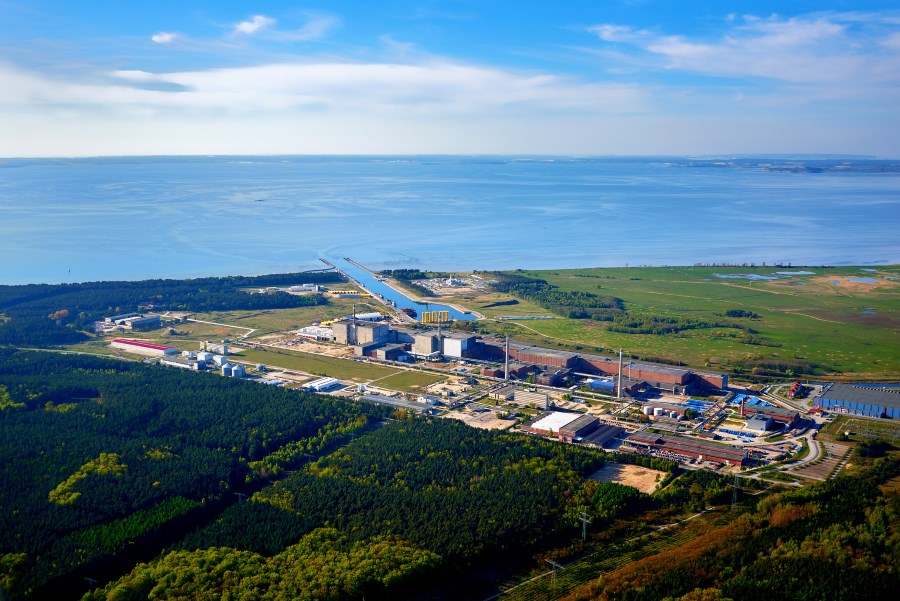In its effort to utilize more green hydrogen for reducing greenhouse gas emissions and decreasing reliance on imported fossil fuels, the German government recently announced an estimated investment of €20 billion in the hydrogen network by 2032. This investment will support the construction of a 9,700-kilometer-long pipeline network to transport hydrogen across the country and to Germany’s neighbours.
Alongside its bulk and onsite strategy, Lhyfe’s backbone strategy involves strategically positioning some of its green hydrogen production units at locations specifically chosen for their proximity to the future European hydrogen backbone, thus enabling it to address a wide array of customers, delivered through these infrastructures once deployed.
Consequently, over the past two years, Lhyfe has developed a backbone project portfolio representing 3.8 GW of electrolysis installed capacity (as of June 2023) or 37% of its total project pipeline, including large projects such as in Perl (Saarland) and Delfzijl (the Netherlands) located near future hydrogen transport infrastructures. These strategic locations ensure that future hydrogen production can be reliably transported and used in the decarbonisation of industrial sites throughout these regions.
In this context, Lhyfe’s Lubmin project aligns seamlessly with its backbone strategy and Germany’s strategy to support green hydrogen development, as it is located very close to the German hydrogen backbone. The new project site will offer access to extensive existing and future electricity production capacities from offshore wind farms. It also benefits from an extra-high voltage grid connection operated by 50Hertz, the transmission system operator, which will supply the necessary electrical power for hydrogen production.
Constructing the plant on the site of a decommissioned nuclear power plant further enhances its environmental sustainability.
“This location is of strategic importance to us,” emphasises Luc Graré, Head of Central & Eastern Europe at Lhyfe. “We are building these plants not only for our short-term needs, but also for future generations. The introduction of green hydrogen in Europe is a long-term project, and Lubmin meets all the requirements to establish itself as a sustainable centre for green hydrogen in the long term. We look forward to the long-term development of this location, to the development of the region’s core hydrogen infrastructure, and to supporting the longstanding decarbonisation of Europe’s industry and transport.”
The project’s implementation is subject to the granting of operating authorisations, construction permits, as well as to financial investment decisions.






